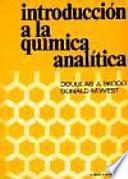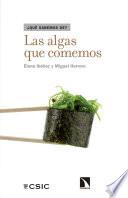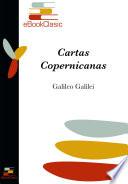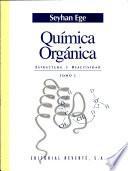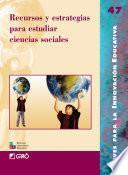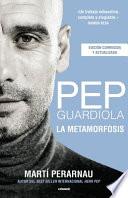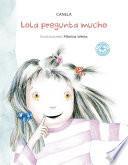Pattern Recognition Methods for Crop Classification from Hyperspectral Remote Sensing Images
Resumen del Libro
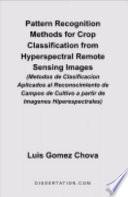
(Complete work in Spanish) Remote sensing aerial spectral imaging was one of the first application areas where spectral imaging was used in order to identify and monitor the natural resources and covers on earth surface. Aerial spectral imaging is being developed with the aim of monitoring natural resources like coastal areas, forestry and extensive crops. The information contained in hyperspectral images allows the reconstruction of the energy curve radiated by the terrestrial surface throughout the electromagnetic spectrum. Hence, the characterization, identification and classification of the observed material from their spectral curve is an interesting possibility. Pattern recognition methods have proven to be effective techniques in this kind of applications. In fact, classification of surface features in satellite imagery is one of the most important applications of remote sensing. It is often difficult and time-consuming to develop classifiers by hand, so many researchers have turned to techniques from the fields of statistics and machine learning to automatically generate classifiers. Nevertheless, the main problem with supervised methods is that the learning process heavily depends on the quality of the training data set and the input space dimensionality. Certainly, these are main issues to be addressed, given the high cost of true sample labeling, the high number of spectral bands, and the high variability of the earth surface and the illumination conditions. In practice, a preprocessing stage (feature selection/extraction) is time-consuming, scenario-dependent and needs a priori knowledge. Thus, more efforts must be done to improve classification methods, in terms of accuracy, robustness, reliability, real-time performance and interpretability. This work is a contribution to the Digital Airborne Imaging Spectrometer Experiment (DAISEX) project, funded by the European Space Agency (ESA) within the framework of its Earth Observation Preparatory Program during 1998, 1999, and 2000. During the DAISEX campaign, hyperspectral images were acquired with the HyMap spectrometer (128-band scanner with a discontinuous spectral range: 0.4 μm - 2.5 μm). In this context, we have carried out an extensive comparison of state-of-the-art methods to develop crop cover classifiers and to obtain a thematic map of the crops on the scene. On one hand, in order to circumvent problems when dealing with a high dimensional input space (induced by the high resolution of the HyMap spectrometer, 128 bands), we have studied a preprocessing stage of feature selection/extraction. This first stage analyses the most critical spectral bands for the present subject. On the other hand, we have developed many methods, both supervised and unsupervised, for crop cover classification, image clustering, interpretation and robustness tests. All these approaches have been included in a general learning scheme where we propose a combined strategy of supervised and unsupervised learning methods that avoids these drawbacks and automates the classification process. In this study, we review the work carried out in that sense and how it could be useful in further applications.
Datos sobre el Libro
Cantidad de páginas 185
Autor:
- Luis Gomez Chova
Categoría:
Formatos Disponibles:
PDF, EPUB, MOBI
Descargar Ebook
Valoración
4.7
59 Valoraciones Totales
